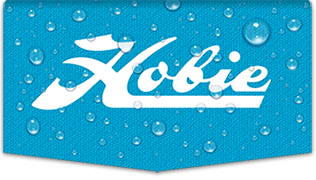Jerry, it's great to see your experiments with tuning.
Not everyone is in agreement as to the function of the idler cable. The newer drives can actually run without it, so what does it do? I see it as serving two purposes:
1. It helps distribute the load from the "driven" pedal / drum / fin to the "idle" side.
2. It helps keep the drums from sliding out along the drumshaft (which pedaling action has a tendency to induce).
Without it, the Drive has more slack. In order to get rid of the slack, the other cables have to be adjusted tighter, causing more friction and a net loss of power (IMO).
I don't see the idler as having any deliberate purpose in creating a differential tension between the front and rear chain / cables -- each has its own tension adjustment.
I think it's important to tighten the idler first since it pre-loads the drums, which alters the tensions of the other cables; you can't get a stable adjustment otherwise. Lots of times if the front cable is a little loose and the idler is also, you can bring both into spec by simply resetting the idler.
Your method of pre-tensioning, centering and fine tuning the cables sounds great. Finding the optimum balance between too much friction and too much slack should be the ultimate goal regardless of method. I would just add that frequent adjustment wears out the Nyloc nuts and (especially with the '08 and newer Drives), they should be stabilized with a dab of Locktite Blue.
You may be right about Hobie's original thinking regarding the different tension settings between front and rear cables. Your experimentation in that regard seems to suggest that it is not really necessary to set them differently, at least with the plastic sprockets. Sounds great!






